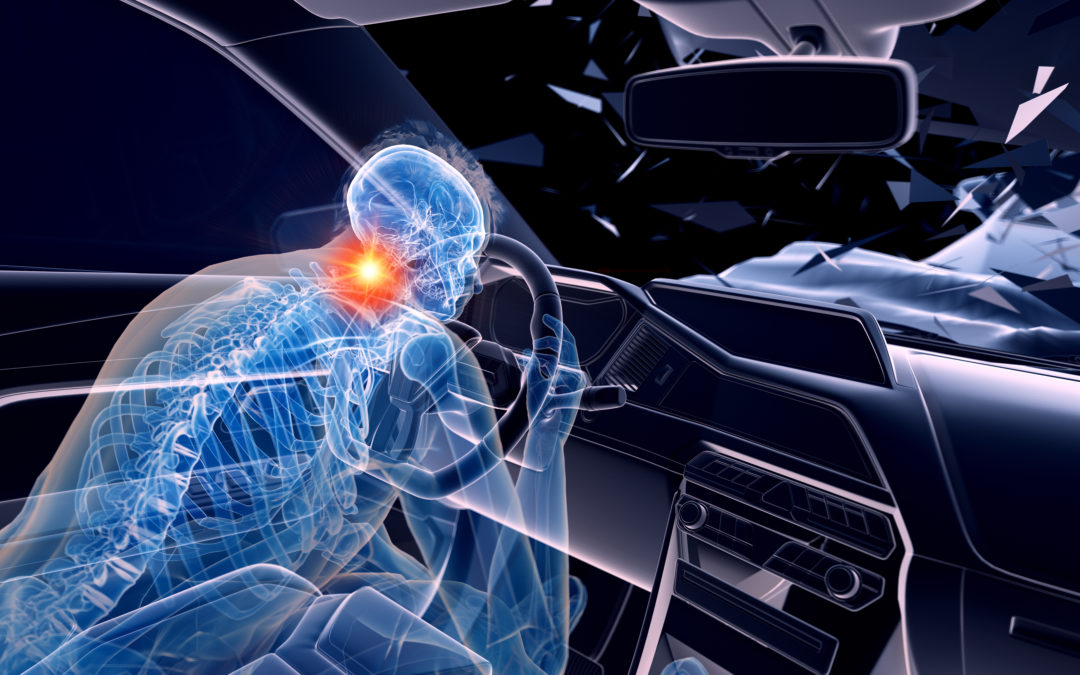Whiplash is a neck injury due to forceful, rapid back-and-forth movement of the neck, like the cracking of a whip.
Whiplash is commonly caused by rear-end car accidents. But whiplash can also result from sports accidents, physical abuse and other types of traumas, such as a fall. Whiplash may be called a neck sprain or strain, but these terms also include other types of neck injuries.
Most people with whiplash get better within a few weeks by following a treatment plan that includes pain medication and exercise. However, some people have chronic neck pain and other long-lasting complications.
Symptoms
Signs and symptoms of whiplash usually develop within days of the injury, and may include:
- Neck pain and stiffness
- Worsening of pain with neck movement
- Loss of range of motion in the neck
- Headaches, most often starting at the base of the skull
- Tenderness or pain in the shoulder, upper back or arms
- Tingling or numbness in the arms
- Fatigue
- Dizziness
Some people also have:
- Blurred vision
- Ringing in the ears (tinnitus)
- Sleep disturbances
- Irritability
- Difficulty concentrating
- Memory problems
- Depression
When to see a doctor
See your doctor if you have any neck pain or other whiplash symptoms after a car accident, sports injury or other traumatic injury. It’s important to get a prompt and accurate diagnosis and to rule out broken bones or other damage that can cause or worsen symptoms.
Causes
Whiplash typically occurs when your head is forcefully and quickly thrown backward and then forward. This motion can injure bones in the spine, disks between the bones, ligaments, muscles, nerves and other tissues of the neck.
A whiplash injury may result from:
- Auto accidents. Rear-end collisions are a major cause of whiplash.
- Physical abuse or assault. Whiplash can occur if you are punched or shaken. It’s one of the injuries seen in shaken baby syndrome.
- Contact sports. Football tackles and other sports-related collisions can sometimes cause whiplash.
Complications
Most people who have whiplash feel better within a few weeks and don’t seem to have any lasting effects from the injury. However, some people continue to have pain for several months or years after the injury occurred.
It is difficult to predict how each person with whiplash may recover. In general, you may be more likely to have chronic pain if your first symptoms were intense, started rapidly and included:
- Severe neck pain
- More-limited range of motion
- Pain that spread to the arms
The following risk factors have been linked to a worse outcome:
- Having had whiplash before
- Older age
- Existing low back or neck pain
- A high-speed injury
Source: Mayo clinic
